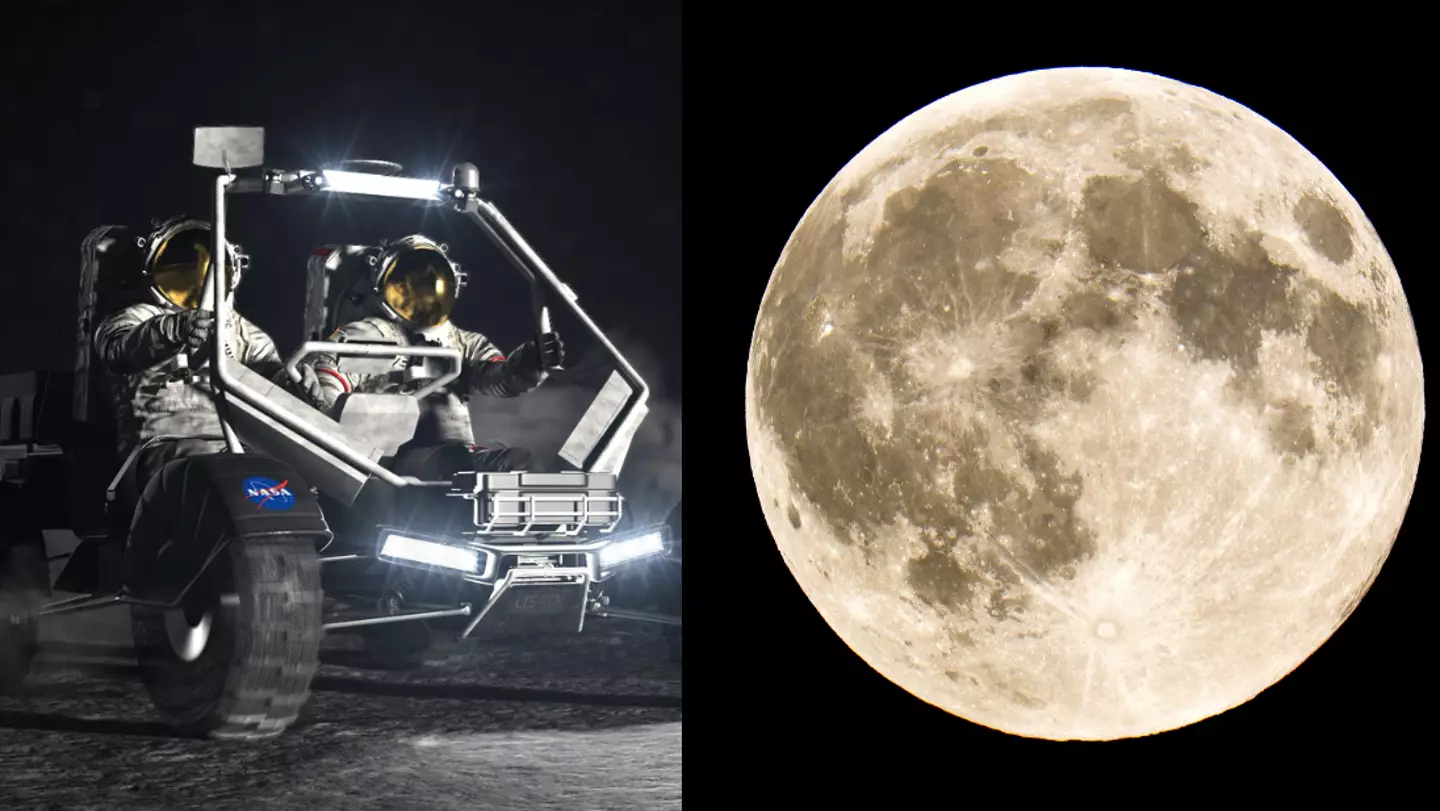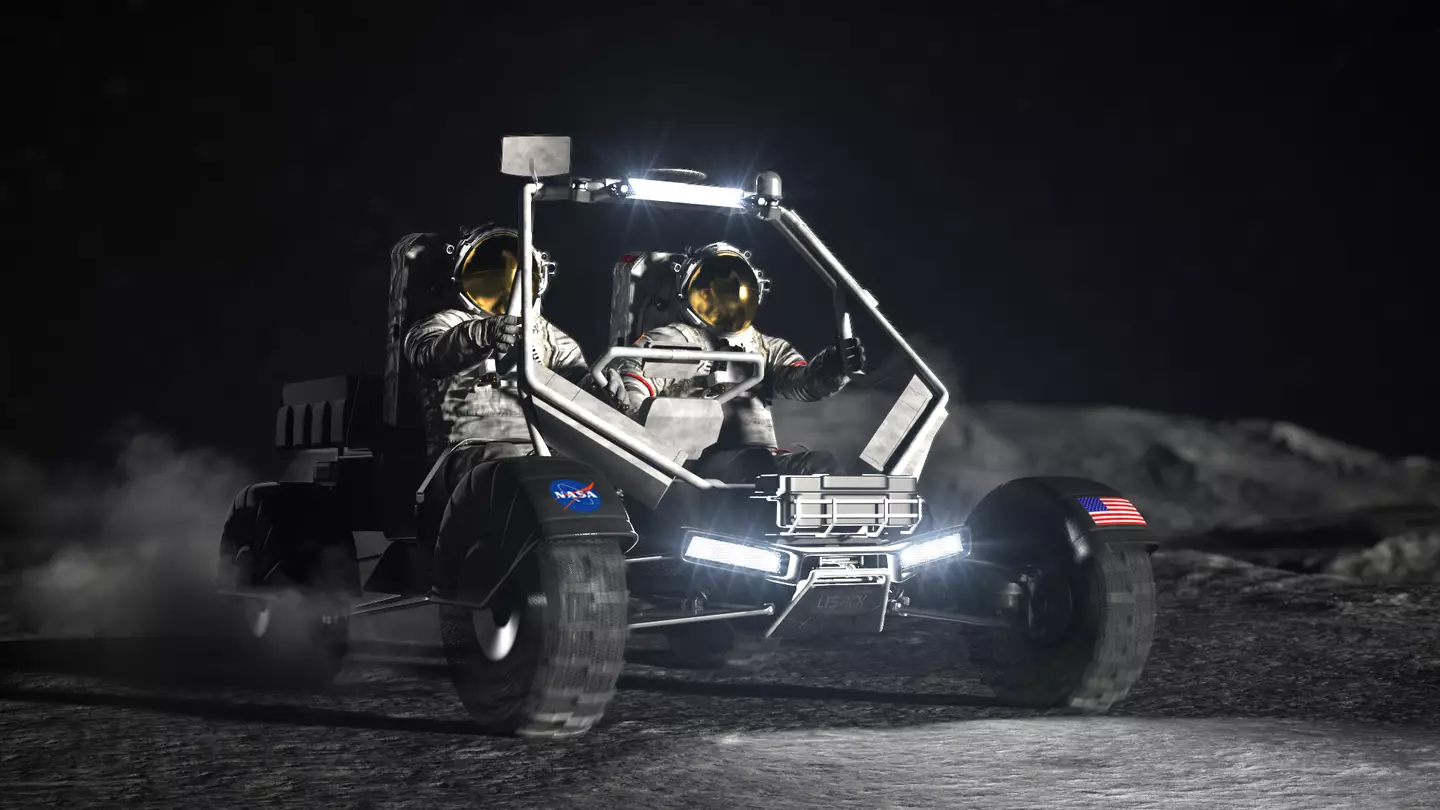
NASA has made a huge decision in its upcoming mission to regularly return astronauts to the Moon before eventually heading to Mars in the first ever manned mission to the Red Planet.
It's the second major step forward in recent weeks when it comes to the final outcome of the Artemis missions, which is missions to Mars after establishing a permanent Moon base for humanity.
The Artemis programme were established by NASA back in 2017 with a plan to return people to the Moon as soon as 2026.
Advert
After then, the hope is for regular trips to the Moon with them becoming annual events from 2028.
Ahead of the return to the Moon, NASA has now chosen three companies to create a lunar terrain vehicle (LTV). Think of a space car riding around the Moon and you're pretty much there.
Intuitive Machines, Lunar Outpost, and Venturi Astrolab will team up to create the vehicle that will be used by astronauts to drive around the surface of the Moon.
Vanessa Wyche, director of NASA’s Johnson Space, said: "We look forward to the development of the Artemis generation lunar exploration vehicle to help us advance what we learn at the Moon.

"This vehicle will greatly increase our astronauts’ ability to explore and conduct science on the lunar surface while also serving as a science platform between crewed missions.”
Advert
It is expected that the moon vehicle will become active from 2029.
All three companies using the time now to come up with their own design and plan for an LTV before NASA eventually picks one design.
Whichever wins, it'll have to be state of the art.
We're talking self-driving, managing its own power levels with AI, and have the best communication and navigation systems that money can buy.
Advert
It'll give astronauts the ability to travel to parts of the Moon in much quicker time frames in order to advance their scientific experiments.

The end goal will be a trip to Mars.
"NASA will issue additional task orders to provide unpressurised rover capabilities for the agency’s moonwalking and scientific exploration needs through 2039," the agency said.
Advert
Jacob Bleacher, chief exploration scientist in the Exploration Systems Development Mission Directorate at NASA Headquarters in Washington, said: "We will use the LTV to travel to locations we might not otherwise be able to reach on foot, increasing our ability to explore and make new scientific discoveries.
“With the Artemis crewed missions, and during remote operations when there is not a crew on the surface, we are enabling science and discovery on the Moon year around.”
Featured Image Credit: NASA / Getty Stock ImagesTopics: NASA, Space, Technology, Science, Money, US News, World News